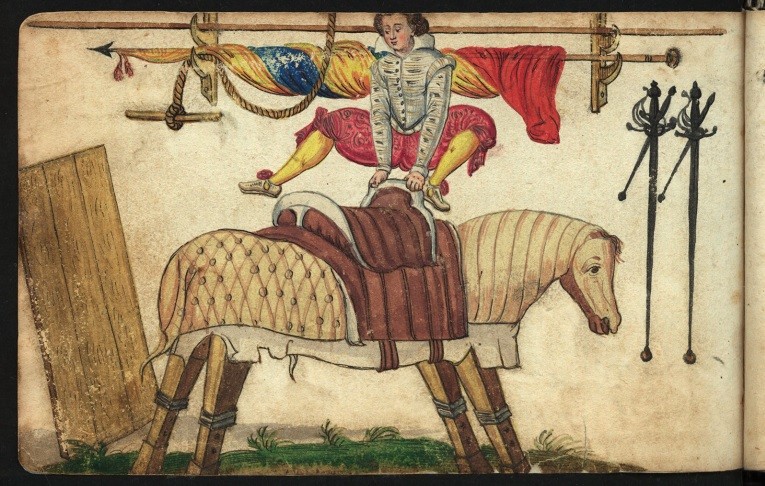Spada Nera & Spada Bianca

In italian and spanish sources, we regularly encounter the terms “spada nera” and “spada bianca”. In the same sources we also get the intended use of both weapons: the spada nera is the play sword or “spada da gioco”, whereas the spada bianca is a combat sword, a “spada da filo” a sword with a (sharp) edge.
Yet there is more behind this than just nomenclature. Having a black sword for training and sparring purposes also has some built-in features.
- It is a safety measure: a black sword can never be sharp. In the salle where not everyone is at friendly terms with each other, this is critical.
- It is economic: Polishing a blade after heat treatment is tedious work, which drives the price up. Using it as it is allows for a cheaper sword
- It is low-maintenance: the black oxidation layer that forms during heat-treatment, acts as a rust protection measure, which was used intentionally on hilts and pommels as well.
Conversely, a spada bianca, requires a lot more work on the blade for a nice finish and sharp edges, and is very delicate in terms of rust and nicks. You’d never know how dangerous it is, seeing it from some distance in an encounter or brawl.

Bildquelle: Stammbuch des Conrad Ernst von Berlepsch, S.280, Sächsische Landesbibliothek – Staats- und Universitätsbibliothek Dresden, Signatur: Mscr.Dresd.App.2547. SLUB Dresden / Deutsche Fotothek.
